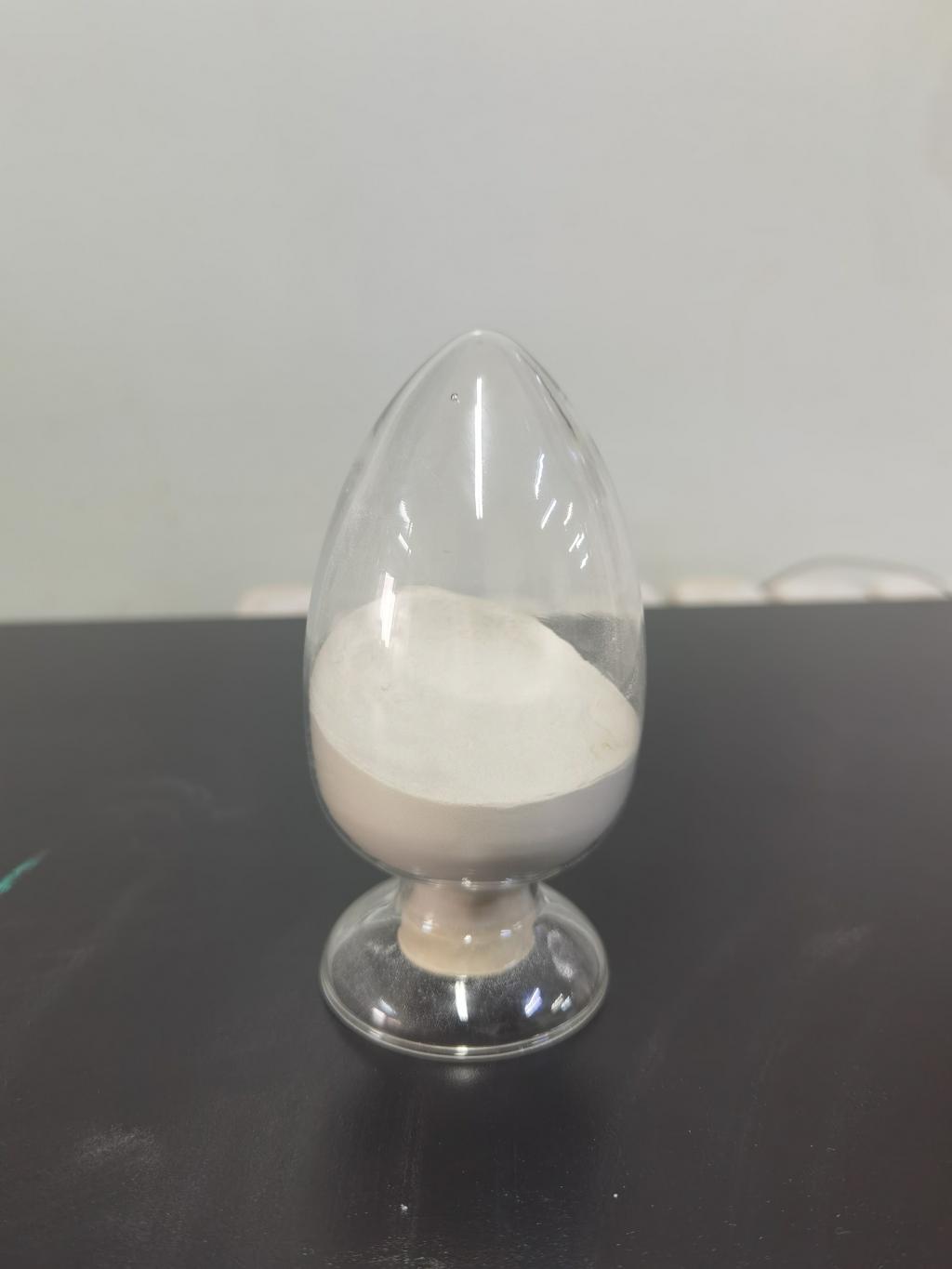Tel:+8618231198596

News
 CONTACT
CONTACT
 CONTACT
CONTACT
- Linkman:Linda Yao
- Tel: +8618231198596
- Email:linda.yao@dcpharma.cn
- Linkman:CHARLES.WANG
- Department:Overseas
- Tel: 0086 0311-85537378 0086 0311-85539701
News
Current Position:
Home >
News
>Enhancing food security through the widespread adoption of Nisin as a preservative.
Enhancing food security through the widespread adoption of Nisin as a preservative.
TIME:2024-04-23
Effectiveness of Nisin as a Preservative:
Nisin, produced by certain strains of lactic acid bacteria, exhibits potent antimicrobial activity against a wide range of Gram-positive bacteria, including those responsible for food spoilage and foodborne illnesses. Its effectiveness in inhibiting bacterial growth and extending the shelf life of perishable foods, such as dairy products, meats, and fruits, has been well-documented. By preventing microbial spoilage and degradation, nisin preserves the nutritional quality and safety of food products, thereby reducing post-harvest losses and enhancing food security.
Affordability and Accessibility:
One of the key advantages of nisin as a preservative is its affordability and accessibility, particularly in resource-constrained settings. Nisin can be produced through cost-effective fermentation processes using readily available substrates and equipment. Its production can be scaled to suit local needs, whether through small-scale fermentation facilities or community-based initiatives. Moreover, the relatively low cost of nisin compared to synthetic preservatives makes it an attractive option for food producers and processors in developing countries, where financial constraints often limit access to conventional preservation methods.
Socio-Economic Impacts:
The widespread adoption of nisin as a preservative in developing countries can have significant socio-economic impacts at various levels of the food supply chain. At the farm level, reduced post-harvest losses translate into higher incomes for smallholder farmers, who often bear the brunt of food insecurity. By preserving surplus harvests and minimizing waste, farmers can increase their marketable surplus and improve their resilience to income shocks. Additionally, improved food preservation enhances market access and trade opportunities, stimulating economic growth and employment in rural communities.
At the consumer level, access to safe and nutritious food is essential for health and well-being. By reducing the prevalence of foodborne illnesses and ensuring the availability of high-quality food products, nisin contributes to improved nutrition outcomes and better health outcomes, particularly among vulnerable populations such as children and pregnant women. Moreover, the availability of preserved foods year-round mitigates seasonal fluctuations in food availability and prices, enhancing household food security and stability.
Challenges and Considerations:
While nisin holds great potential for enhancing food security in developing countries, several challenges and considerations must be addressed to facilitate its widespread adoption. These include regulatory approval processes, capacity building and technical assistance for local producers, infrastructure development, and consumer awareness and acceptance. Additionally, research and development efforts are needed to optimize nisin production processes, improve formulation techniques, and explore novel applications in different food matrices.
Conclusion:
In conclusion, the widespread adoption of nisin as a preservative offers a promising pathway to enhance food security in developing countries. Its effectiveness, affordability, and socio-economic benefits make it a compelling solution to reduce post-harvest losses, improve food preservation practices, and ensure access to safe and nutritious food for vulnerable populations. By addressing the challenges and considerations outlined in this article, policymakers, food producers, and stakeholders can harness the transformative potential of nisin to build more resilient and sustainable food systems, ultimately contributing to the achievement of global food security goals.
- Tel:+8618231198596
- Whatsapp:18231198596
- Chat With Skype







